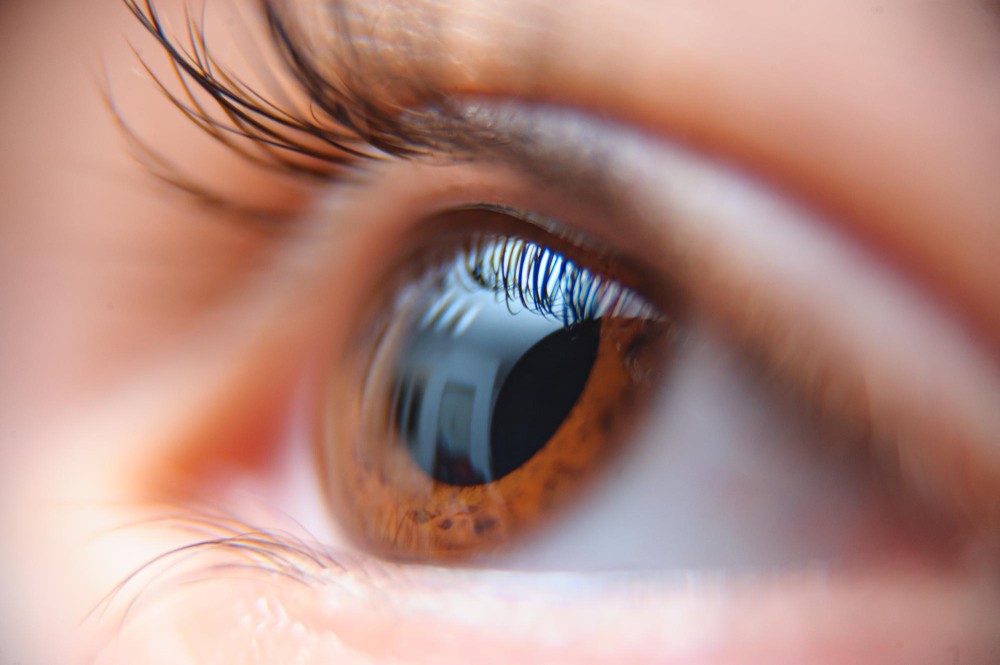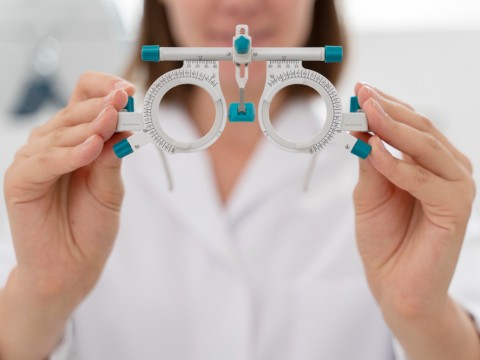Intraocular Lens Implants
4 results found-

-

-

Phakic ICL Toric (Hipermetrop - Both Eyes)
Dünyagöz Hastaneler Grubu Antalya Kepez, Antalya, Turkiye -

Intraocular Lens Implants: A Clear Vision of Sight Improvement
IOLs have become an option for everyone who wants to get their eyes fixed and especially after a cataract extraction. This is an artificial substitute for a clear crystalline lens of the eye impacted with cataracts. The IOL has other added advantages, such as enhancing vision quality and making one less dependent on glasses or contacts. Thanks to continuous technological advancement, varieties of IOLs are now available, each serving different kinds of vision and visual defects.
Intraocular lens implantation is a major decision, and it is rather natural that patients have umpteen questions in their minds about types of lenses available, what are the risks, how much does it cost amongst many more. It involves understanding post-surgery care and long-term effects IOLs have on your eyes. This article tries to answer these major questions in great detail so you can make an informed choice about intraocular lens implants.
Whether you consider IOLs for cataract surgery or simply want to learn more about this technology, this guide will walk you through the most important elements of intraocular lens implants. In this detailed overview, you'll know all about anything from types of IOLs to what risks are there to what is happening during recovery.
What Are Intraocular Lenses?
Intraocular lenses are artificial lenses implanted in the eye, replacing the natural lens that has been removed, usually due to cataracts. Their material components include silicone or acrylic, and they are engineered to be permanent. IOLs can significantly improve vision through proper focusing of light on the retina, thereby permitting clear vision at various distances based on the type of lens.
It has several types to fit the different visions and needs of one. Monofocal lenses give clear vision at one distance, usually either near or far. Multifocal lenses allow users to see at multiple distances without much use of glasses. Toric lenses are used in case of astigmatism because of not having the usual normal shape of the cornea. Knowing the differences between these lenses can help you and your eye surgeon better determine which one will best fit into your lifestyle.
The Intraocular Lens Implant Procedure
The IOL implant procedure is usually done in addition to cataract surgery. During the surgery, the cloudy natural lens is removed, and in its place comes the artificial lens. The process is relatively quick; it takes about 15 to 30 minutes, although it might take more time depending on the intricacy of the case and the experience of the operating surgeon. This is because the surgery is under local anesthesia. Patients can normally go home on the same day but need someone to drive them since the temporary effects of the anesthesia and blurred vision for a while after the surgery prevent them from driving themselves home.
Activities After Surgery; Recovery
After IOL implant surgery, you must take up your doctor's instructions for your recovery. You may be prescribed some eye drops to prevent infection and reduce inflammation. Also, you should avoid activities involving much strain on your part or any kind of heavy lifting for a few weeks. Though most patients experience improvement in vision within one or two days, total recovery takes a few weeks. Follow-up appointments will be scheduled on a regular basis to monitor the healing process, and to make sure that the IOL is properly working.
Intraocular Lens Implants: Possible Risks and Side Effects
Just like all surgeries, IOL implantation has some potential risks. Common side effects of IOL include blurred vision, usually temporary; glare; or halos around lights, especially at night. Less common complications may include infection, dislocation of the lens, or detachment of the retina. Of course, these risks should be considered in great detail with one's surgeon prior to surgery, to be ready for a poor outcome and take precautions during recovery.
How Long an Intraocular Lens Could Last
One of the primary advantages of intraocular lenses is that they are durable. IOLs are made to last, and once they are implanted, they usually will not need to be replaced throughout the person's lifetime. In some instances, though, secondary cataracts-formally posterior capsule opacification-develop months or even years later after the surgery, which causes cloudiness. It is usually treated with a YAG laser capsulotomy-a painless and quick laser procedure that restores clear vision.
Do I Still Need Glasses After IOL Surgery?
The requirement for glasses after IOL Surgery depends very strongly on the type of the lens implanted. In some cases, when monofocal lenses are required, patients may be required to wear glasses either for near or for distance vision, depending on the focus of the lens. Multifocal and toric lenses reduce the dependence on eyeglasses a lot, but some patients may have to continue with eyeglasses for specific activities such as reading fine print or driving in dark conditions. It is crucial to understand what can be expected of the surgery and to discuss these expectations with the surgeon.
Conclusion
Intraocular lens implants may be life-changing for people suffering from cataract problems or any other vision issue by giving them better vision that enhances their lives. Knowing the kind of lenses, the cost involved, and what post-surgery care is to be taken makes one take a right decision based on the type of vision one wants to achieve along with the style of living. While there are some risks associated with this procedure, in front of most people, the improved vision and dependence on fewer glasses or contacts is more considerable reasons than risks. You can contact the Wellcome team to restore your vision with intraocular lens implants.
